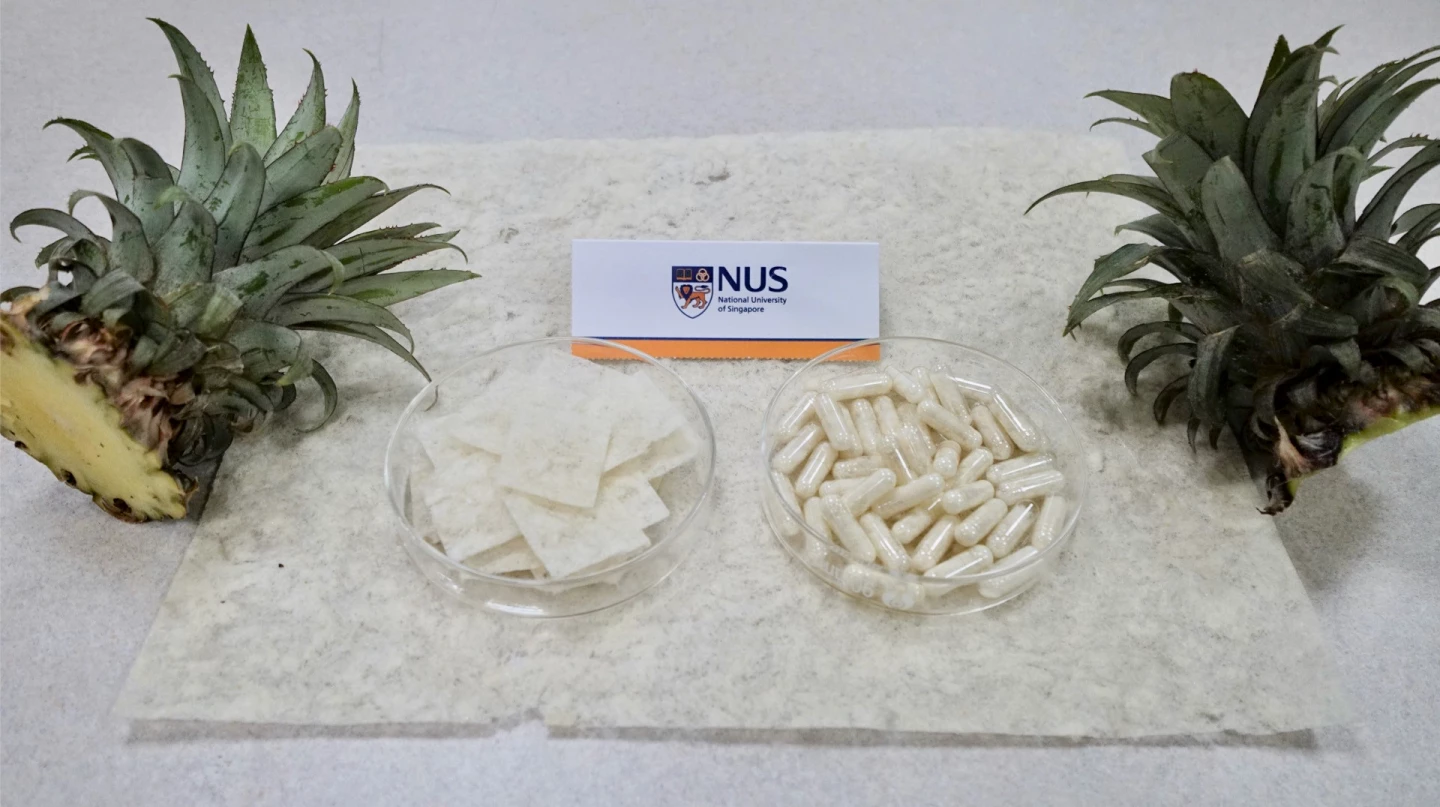Two years ago, we heard about a highly absorbant hydrogel made from upcycled pineapple leaves. Some of the scientists who developed that gel are now saying that the leaves could also be used to absorb harmful fats from recently consumed foods in our digestive system.
For the new study – led by associate professors Duong Hai-Minh and Phan Toan Thang – researchers at the National University of Singapore started by drying and grinding pineapple leaves that had been obtained as an agricultural waste product.
When the resulting powder was tested in a lab-based system that simulated the acidic environment of the human digestive tract, it was found that 1 gram of the substance was capable of absorbing 45.1 grams (1.6 oz) of cooked fats. In order to make the powder easier to ingest, some of it was encapsulated, and some was pressed into the form of thin crackers.
"After ingestion, the capsule or cracker absorbs fatty compounds (such as animal fats) and form fat-coated fiber lumps," said Phan Toan Thang. "These fat-coated lumps will then be passed out from the digestive system in one to three days, similar to other foods we consume."

And while the mechanical properties of pineapple leaves make them well-suited to the task, the scientists have stated that other types of high-cellulose agricultural waste – such as sugarcane pulp – could also be used.
That said, more research needs to be conducted to see how effective the powder is in an actual human digestive tract. The university is currently seeking commercial partners to further develop the technology.
Source: National University of Singapore





